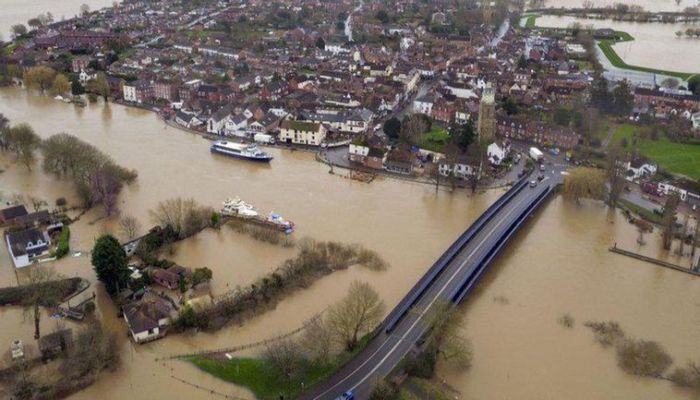
All Set To Launch “Jal Shakti Abhiyan” Campaign Today On World Water Day: PM Modi
The Honourable Prime Minister Narendra Modi is to roll out the programme “Jal Shakti Abhiyan: catch the rain where it falls, when it falls”. This programme will take place all across the country’s 734 districts covering more than 600,000 villages.

Narendra Modi launched this campaign on World Water Day, celebrated today on 22nd March 2021 through video conferencing. As per the PMO statement, the campaign is likely to undertake in both rural and urban areas, with the theme “catch the rain where it falls, when it falls”.
Also Read: NCPCR Orders OTT Platform to Withdraw ‘Bombay Begums’
Know About “Jal Shakti Abhiyan”
The “Jal Shakti Abhiyan” campaign is involved with the construction of Daudhan Dam and a canal to link the Betwa and Ken River for transferring water from the former to the latter. During the virtual introduction of this campaign, a Memorandum of Agreement will be signed between the Government of Uttar Pradesh and Madhya Pradesh and the Union Ministry of Jal Shakti.

Additionally, there are certain things to know about the “Jal Shakti Abhiyan” campaign.
- The “Jal Shakti Abhiyan” covers over 600,000 villages all across the country.
- With the help of this campaign, geo-tagging of all water bodies is expected to carry out throughout the country.
- The Jal Shakti Abhiyan project involves transferring water from Ken to the Betwa River through Daudhan Dam and a canal linking these two rivers.
- The project is likely to implement between March 22 and November 30.
- A Memorandum of Understanding will implement in the Ken Betwa Link Project. Also, it is the first project of the national perspective plan made for the interlinking of rivers.
- As per the report, it will provide 10.62 lakh hectare annual irrigation; drinking water supply to over 6.2 million people, and helps in generating 103 MW of hydropower.
- India endures 15% of global livestock and 18% of the world’s population with just about 4% of global freshwater resources.
- The Prime Minister Office said that this campaign is a ‘Jan Andolan’ campaign to start water conservation at the basic-level through people’s participation.
- The most water-stressed blocks within India are Tamil Nadu (541), Rajasthan (218), Uttar Pradesh (139) and Telangana (137).



